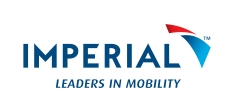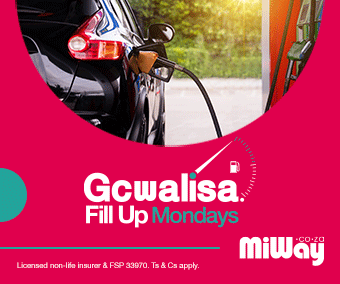Fortunately, not too often do you spot a truck or bakkie on the road that is dangerously overloaded. With goods and luggage piled high, it looks like a mountain on wheels. There are severe dangers at play when embarking on such a trip, and for your safety, you need to take serious note of them.1
The National Department of Transport takes action
In its Road to Safety strategy, the National Department has started a campaign against overloading in South Africa.
Overloading destroys roads
Our highways are vital to our economy and must thus be in good working order. Overloading is illegal and damages the road surface structure. The extra costs needed to fix these roads provide an extra financial burden on provincial and state budgets.
The motorist has to carry additional repair costs
Each motorist will have to pay for additional costs due to repairing roads damaged by overloaded vehicles. Authorities would have no option but to raise toll fees and other levies.
How dangerous is overloading?
It is a safety hazard to the occupants of overloaded vehicles as well as to other nearby motorists. Overloading often raises the vehicle’s centre of gravity, which makes it extremely dangerous to control when negotiating a corner, for instance.
Some more dangers due to overloading
Overloaded vehicles place the driver and other motorists in great danger and can cause fatal accidents. Such cars are unstable and difficult to control, like a bakkie with its front wheels barely touching the ground due to its huge load at the back.
Tyres and suspension bear the brunt of overloading
Manufacturers have scientifically designed tyres and the suspension to handle a certain load carried by the vehicle. Overloading will exceed this weight, placing each tyre and suspension component under great stress. Besides that, extra heat due to increased tyre friction begins to build up, damaging the tyres in the process. You want to avoid a tyre blow-out at all costs, which can lead to fatal consequences.
No space and overtaking a problem with an overloaded vehicle
The driver may not have enough room inside the car to drive it effectively. Overtaking becomes a dangerous venture, seeing it takes a long time to gather enough speed. An overloaded car has the front tilting upwards, which makes night driving dangerous for oncoming drivers, blinded by headlights pointing upwards.
Brakes are under severe stress
Being able to stop in time is all part of road safety. Unfortunately, brakes come under severe stress and overheat when used in an overloaded vehicle. This is because they struggle to make all that weight come to a halt. If some brakes are already in bad shape, overloading may cause them to fail, with disastrous consequences.
What about safety belts?
Drivers forget about them if they can jam more passengers in a car.
What’s the solution?
The Department of Transport, together with provincial traffic authorities, the South African National Roads Agency (SANRAL) and the Council of Scientific and Industrial Research (CSIR) have drafted a National Overload Strategy to overcome the challenge of overloaded vehicles.
Please don’t overload your vehicle, as it is a danger to you, your passengers and other road users. Also, you, as a motorist, need to protect yourself from possible unforeseen financial challenges by taking out adequate car insurance. Why not find out more from PMD, who can offer you great and affordable car insurance products, which include exceptional benefits like fixed premiums*, world-class service and a reduce to zero excess*? T’s and C’s apply.
Source:
1https://www.arrivealive.mobi/overloading-and-road-safety
This article was prepared by Eric Sandmann in his personal capacity. The views and opinions expressed in this article are the author’s own. The views and opinions in the article should not be attributed to anyone but the author unless expressly stated. Nothing in this article should be relied upon as advice, this publication is presented for informational purposes only. No person should act or refrain from acting in reliance on any information found in this article, without first obtaining proper financial advice from the appropriate professional. The author makes no claims, promises or guarantees about the accuracy, or completeness, of any information linked from, referred to, or contained in this article. The author reserves the right, to edit and change the content of this article.


























